Big data has been put to good use across a number of industries already. If you haven’t heard of logistics analytics yet, you ought to know that this is a rapidly growing field founded by big data, and it is gradually becoming an indispensable part of courier services globally.

Benefits and Goals
There are numerous benefits from using big data in logistics with a focus on optimization of the delivery services and streamlining the everyday shipping functions. If we need to cut things short, the biggest advantage of big data in logistics is making informed business decisions, which are the cornerstone of success in the logistics business. Analytics is becoming more of a core feature in the industry, which changes the dynamics internally, but also gives companies like Zendfast a better competitive advantage over other third-party logistics solutions. The goal here is to make big data integrated seamlessly at all stages in the supply chain in order to achieve the utmost optimization of all logistics processes within.
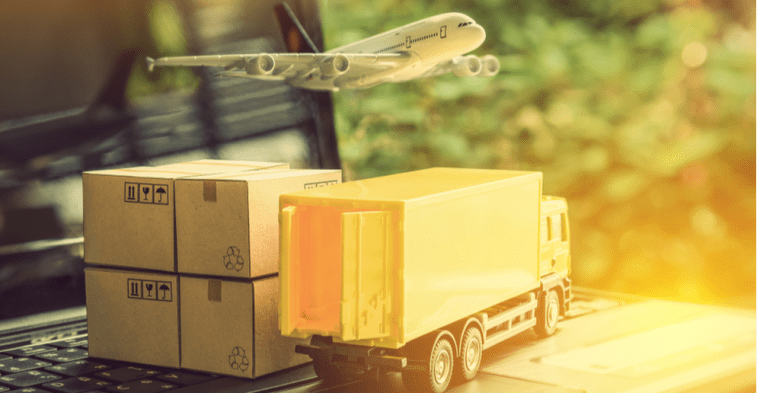
It’s important to separate the sources from which data can be extracted, and ultimately put to good use. Obviously, there are more ways to obtain data than most logistics companies are able to process or apply in their supply chain. Two of the most common applications of using big data in logistics are making financial forecasts and social media optimization. These examples are rather common due to the high accessibility and affordability of web analytics tools, which require no more than a subscription fee and the necessary SEO competencies to create the right marketing strategy for the company.
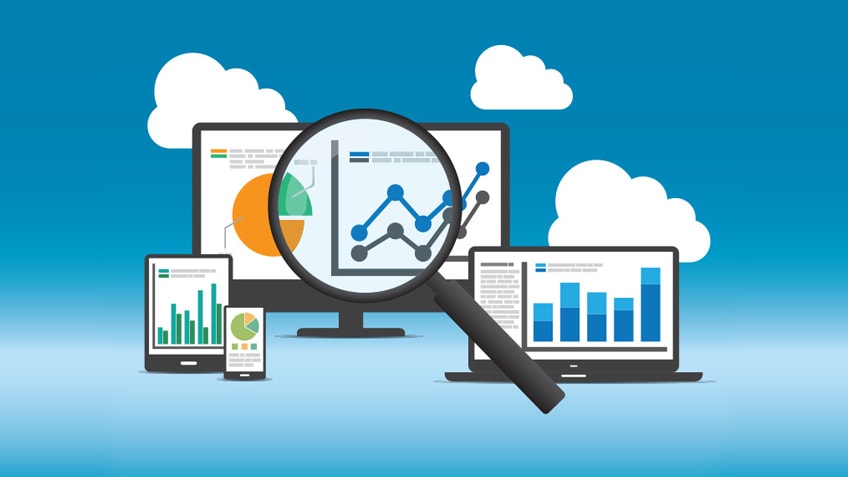
Shall we speak of more advanced logistics optimization approaches, we must mention traffic and weather data used for route monitoring and forecasting. As you all know, route optimization helps logistics companies save on operating costs like petrol and service maintenance, which in itself could be a deciding factor in the redistribution of funds, committing new resources in the supply chain, and making more accurate revenue forecasts for the next quarters. GPS sensors are great tools used for optimizing the delivery strategies by companies, as it helps them monitor the whole shipping process from start to finish. Seeing and differentiating travel patterns for routes planning is one of the great benefits of big data, and ultimately putting it to very good use. These types of sensors are also invaluable for providing greater transparency and reliability of the courier services between drivers and customers.
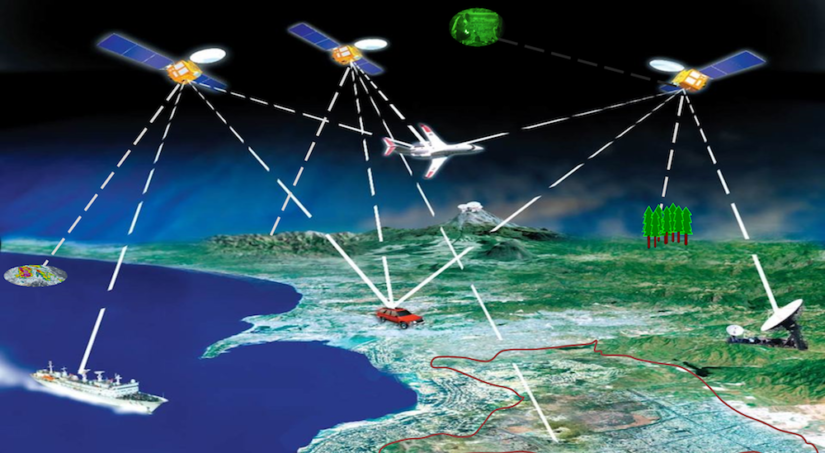
Poor route monitoring and lack of an optimization strategy can have a negative impact on logistics planning. You don’t wantto end up with many delivery vehicles servicing the same bad routes, causing delays in shipping, poor customer relationships, and higher operating costs.
One of the main challenges for logistics companies is transporting perishable items intact. This often requires more than just well-equipped vans with temperature-controlled chambers. Big data has a key part to play in the delivery of temperature-sensitive items thanks to the sensors installed in the vehicles for monitoring the condition of the goods. These are coming in handy for investigating the root cause of problems such as carrying perished goods in your delivery loads. With a well-built monitoring system, couriers can easily use their data to change routes in order to prevent the goods from going off or melting before reaching their final destination!
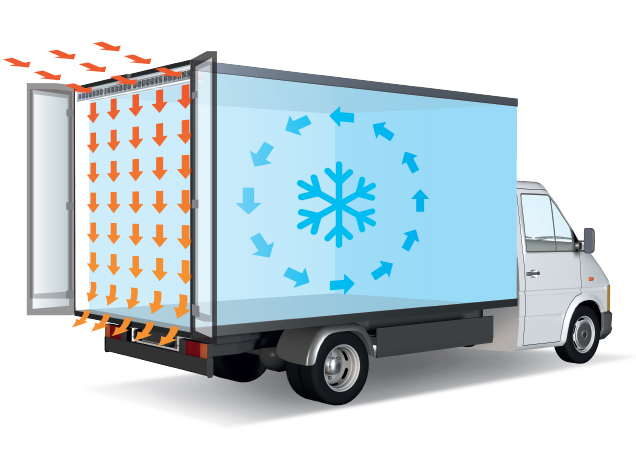
Last but not least, we can agree that as a logistics company we’re aiming towards full automation of our warehouses in the foreseeable future. This can all be made possible with the help of big data and AI systems in place, automating the manual operations in the fulfillment centers. Using KIVA robots is an existing warehouse automation system that is functioning already in some of the world’s busiest depots. Whether this will become more commonplace in the distribution centers of mid-sized companies like Zendfast, only the future can tell. The goal is to have more automation where possible and still keep the working force of people, who are adding a great value in the last mile of delivery and for establishing irreplaceable interpersonal contact with customers.
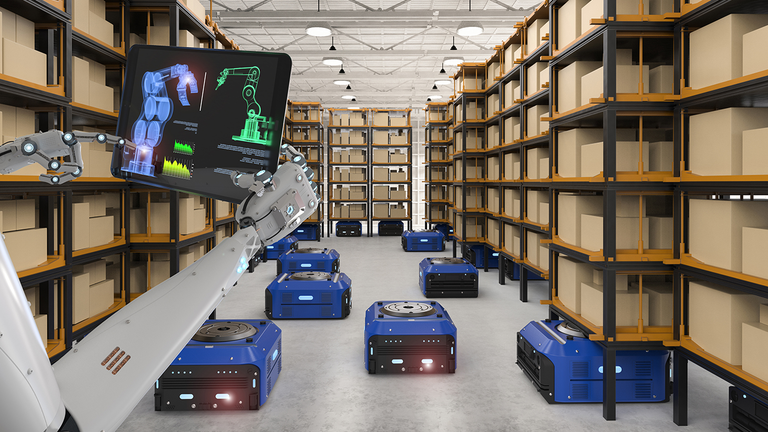
For now, we can only make witty predictions based on current trends and market forecasts. Bringing big logistics projects to reality such as automating the entire supply chain is still rather improbable for now. Nevertheless, we are seeing big data transforming the nature of our industry rapidly, with intelligent systems that take less time and effort to become fully integrated across a lot of the critical stages in the supply chain. We’re looking forward to what the future might bring in the logistics space and hoping for more easily accessible analytics technology solutions for our quickly thriving industry!